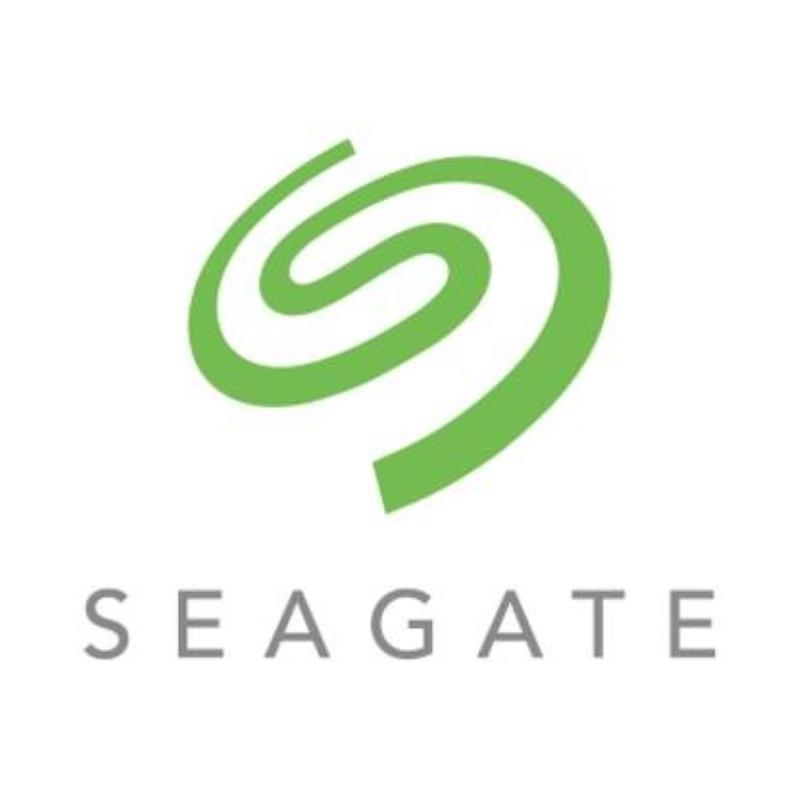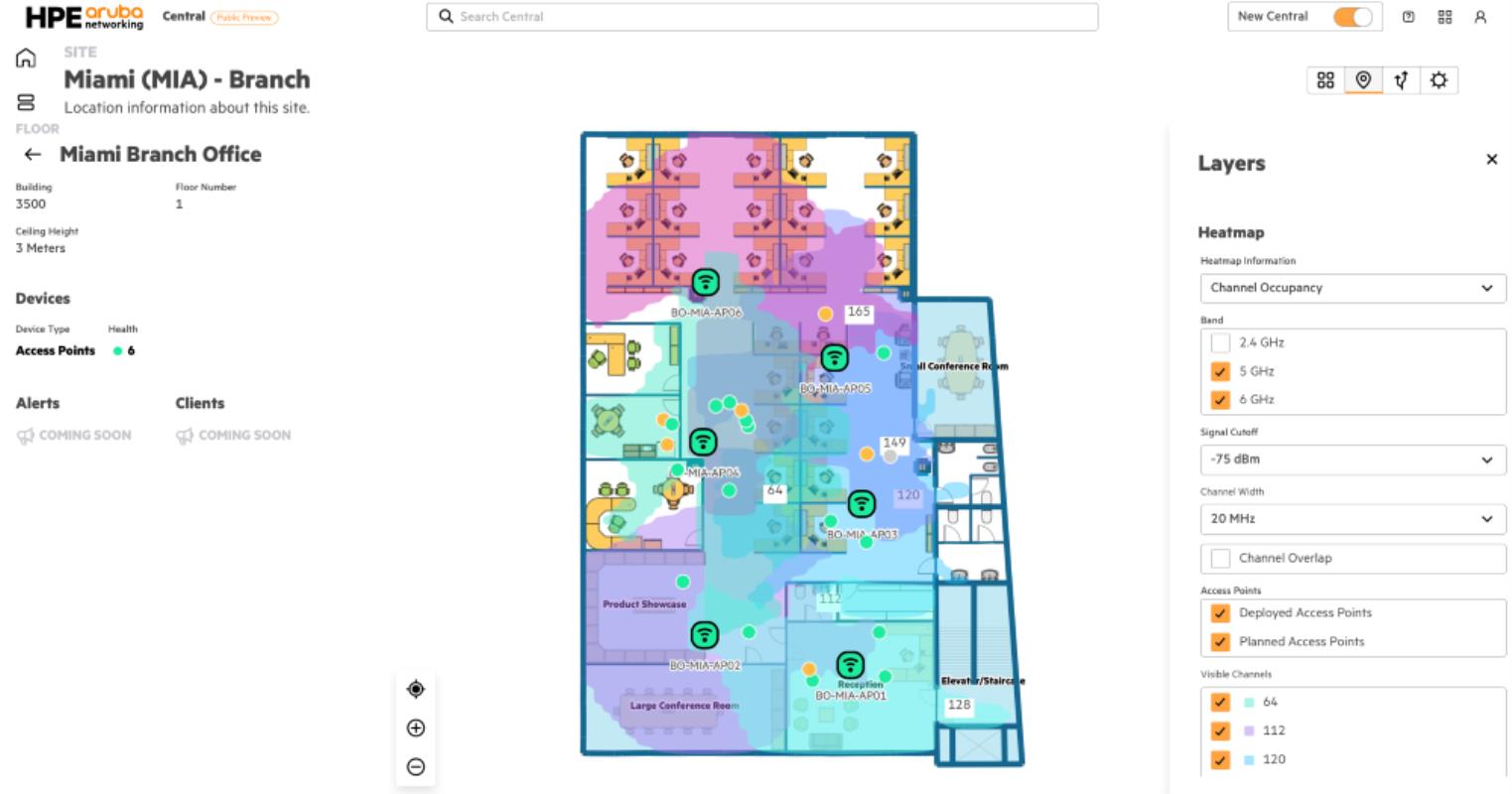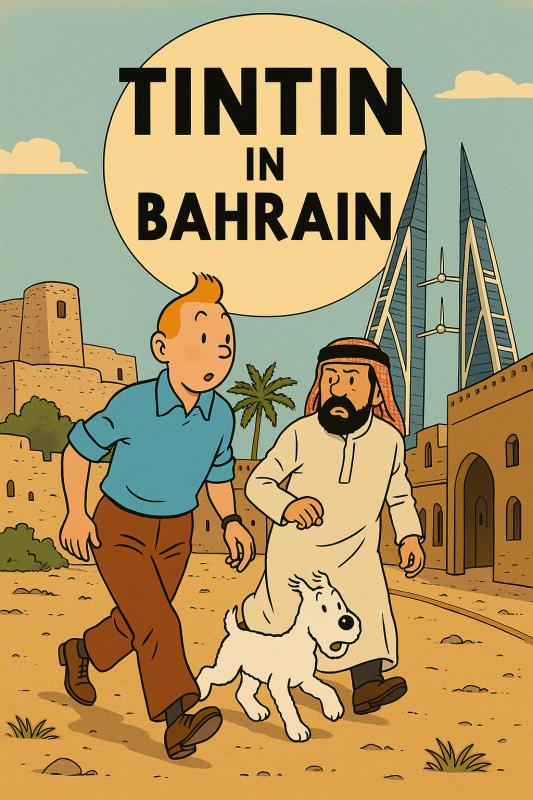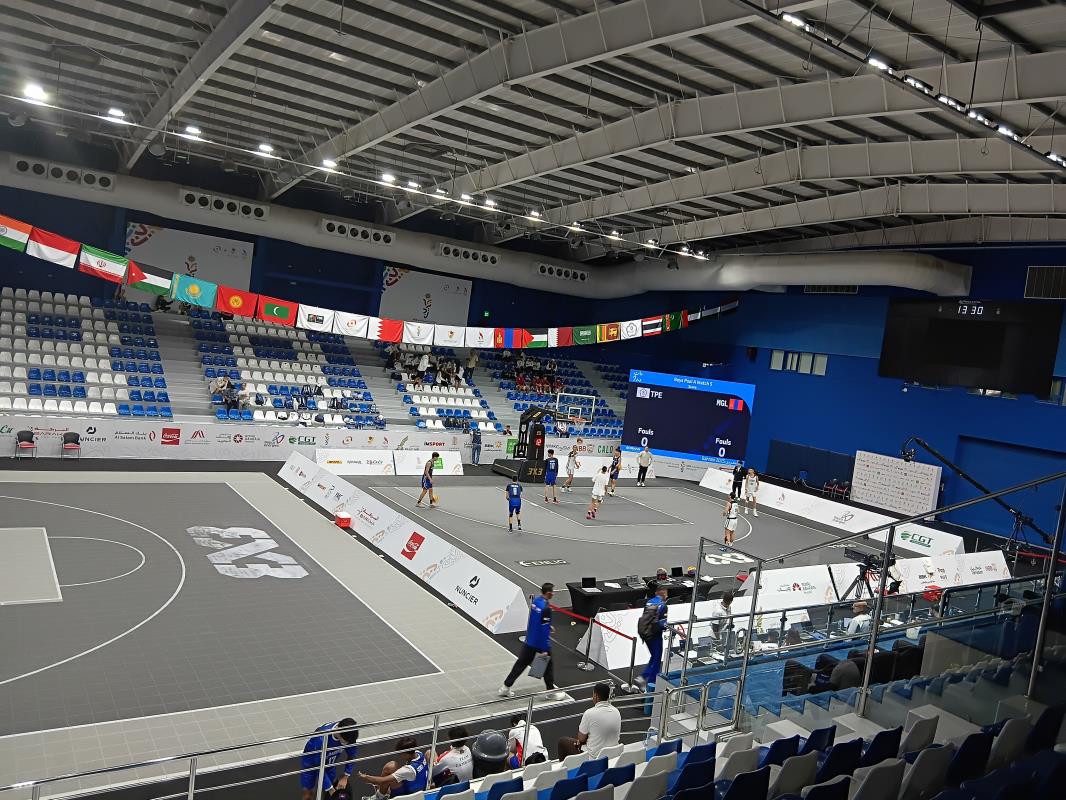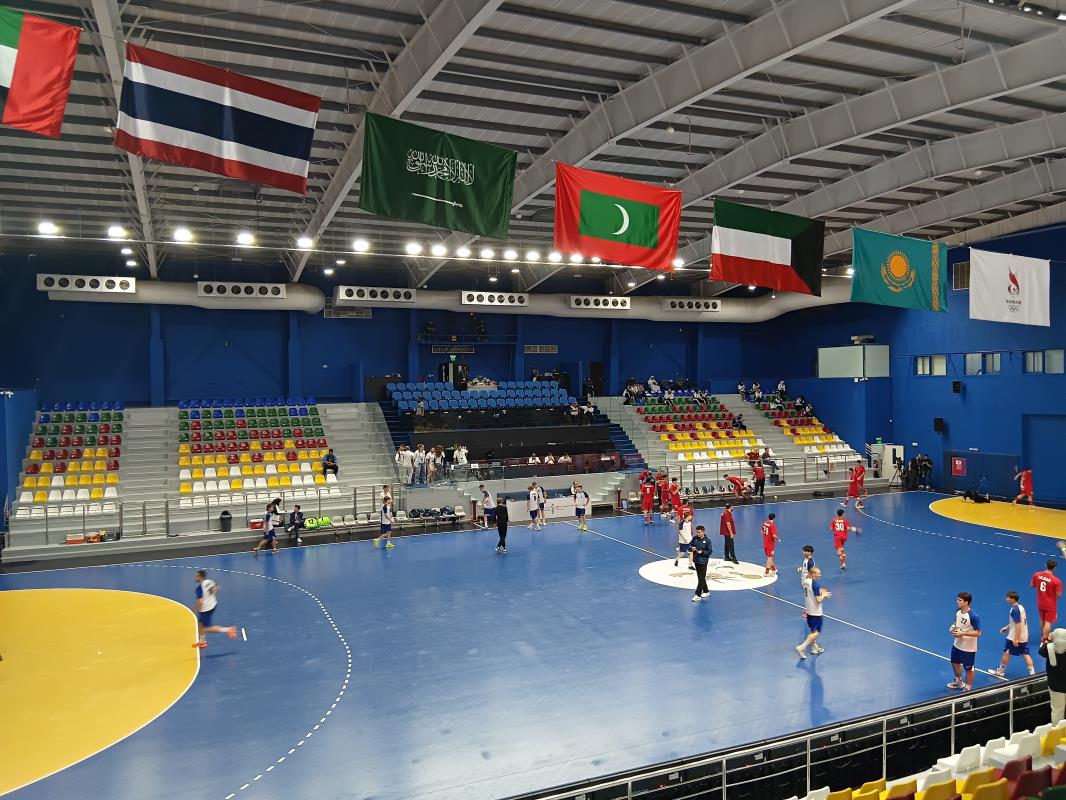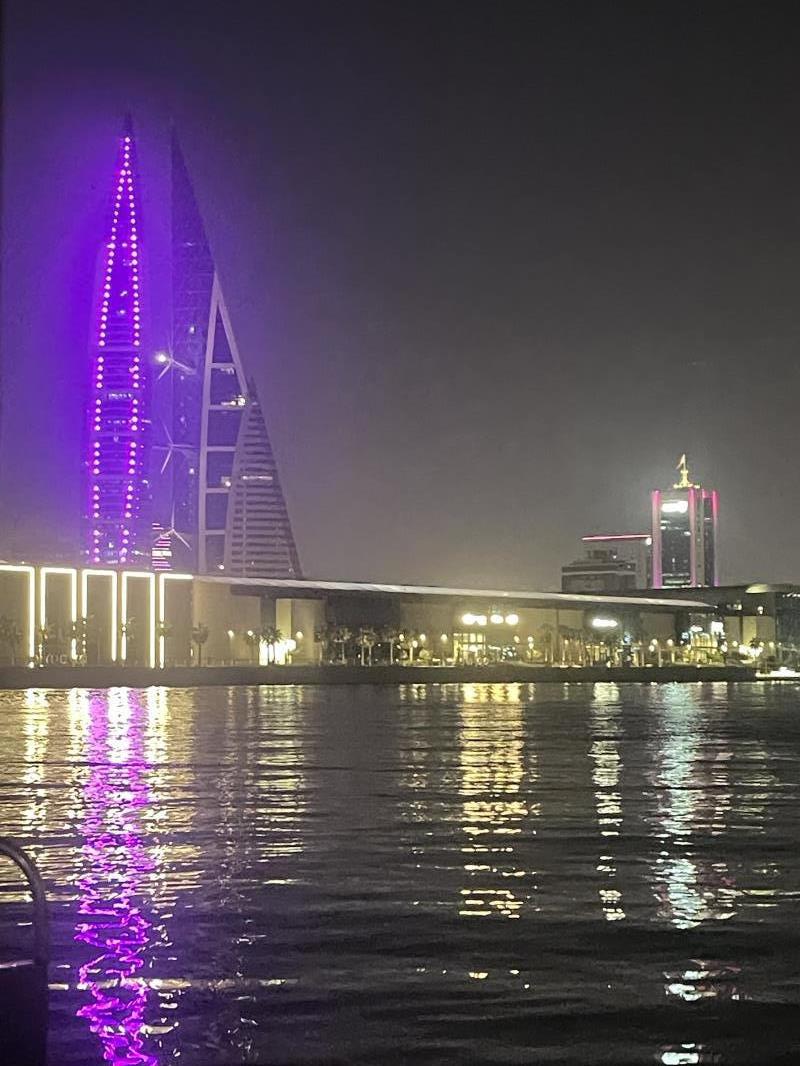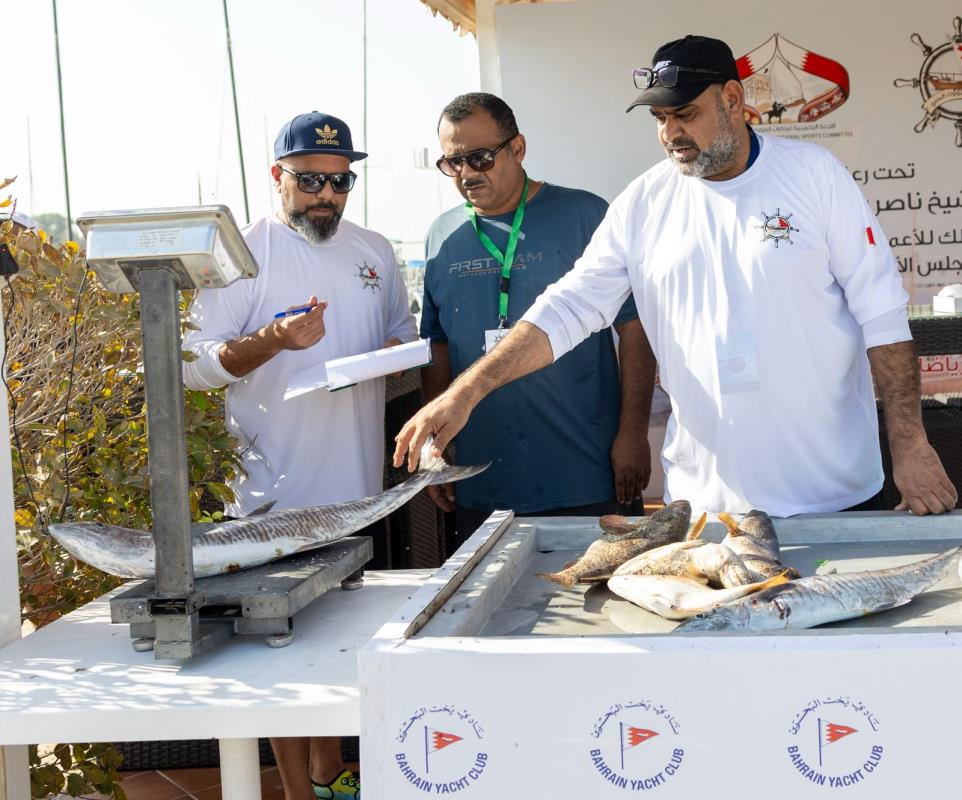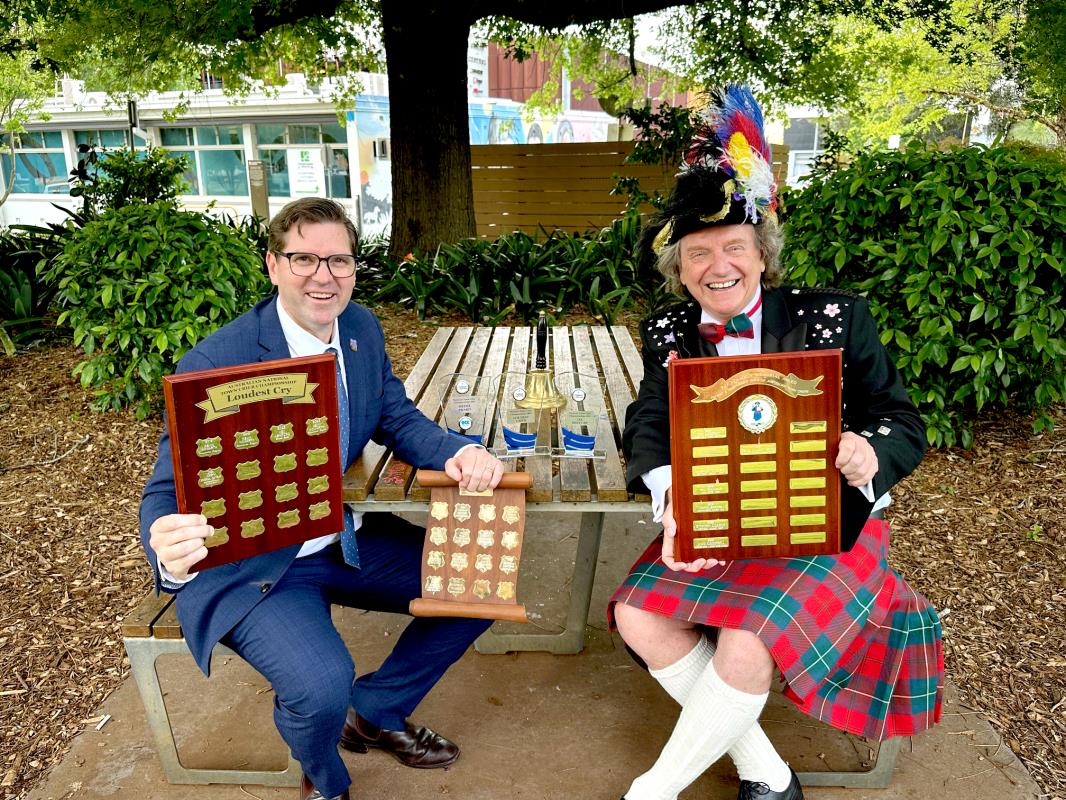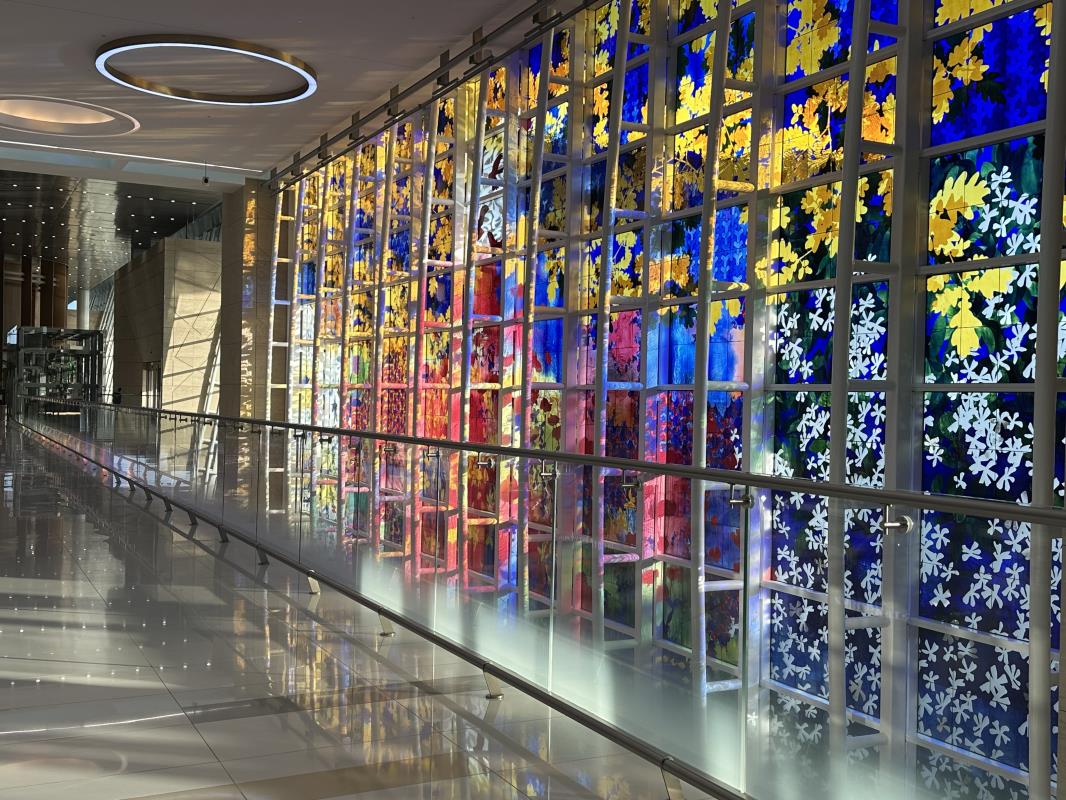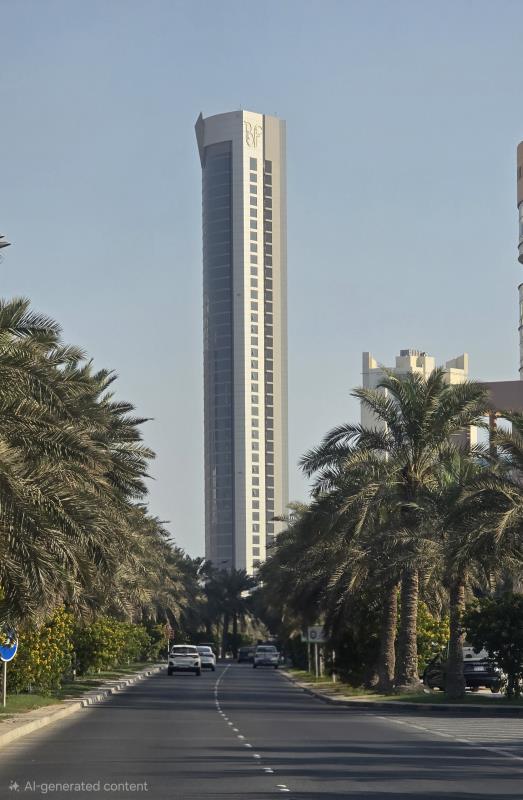
If you want to go fast, go alone. if you want to go far, go together.
~African Proverb
In building an organisation and team going together is fine, but do we know where we are headed and what our destination is?
What route do we take? Who will be responsible for what? How will we plan and execute? How will we resolve differences? And so on.
These are some of the most important questions that leaders and teams must address.
Style and Shared Values
When organisations are small, the owner/leader unilaterally decides. When the organisation is large the understanding has to necessarily be formal particularly when owners are not active in operational management.
Let me take an example from the kitchen.
Each team member is a unique individual and when you put them together they usually form a salad, where each member is in the dish but not homogenous. What is preferred for building great organisations is to cook up a soup. All the ingredients blend together with each individual element contributing its own distinct flavour.
The leadership needs to figure out its own values, beliefs, principles and dreams (vision) that it possesses and wants to bring to bear on their organisation and then share them with its team.
Rarely do we know what we want and how we propose to achieve our vision, but we have or should have a fairly good idea before we start.
The unusual thing about knowing is that we have to step outside to look within, even if it is to analyse ourselves. So a lot of reading, viewing, discussing, then analysing and mulling is required to know ourselves, our values and our preferred style.
Choose and incorporate people who will blend with or contribute to our style and enhance effectiveness and efficiency with their knowledge, skills and attitudes.
Just like cooking a dish, selecting the appropriate ingredients, preparing and then mixing and cooking them together is essential to ensure success.
Building together a team of incompatibles is a certain way to destroy the team and damage the organisation maybe even permanently.
No matter the size, the biggest challenge in team building, is the credibility of leadership (employers) in the eyes of the team (employees). So owners and leaders have to be vigilant that their actions are seen to be in sync with their words. This is where the Human Resources people have to play in facilitating the important function of organisational development.
Blending values and styles is akin to singing in a choir, everyone has to harmonise. If everyone is singing a different song or to a different tune, then we will only get unpleasant noise and a big headache.
Unfortunately, sometimes managers and leaders at lower levels who do not share the same values take their team members in a tangential direction from what senior leaders have espoused. This is why the Human resources department has to be headed by competent empathetic people who have the unenviable task of blending discipline whilst motivating team members.
We have to remember that not every organisation has dreams of becoming great, they only look at the shortest and quickest way to make a profit. Such leadership spawn a management style that considers every individual and element transactionally rather than transformatively.
The management in such organisations views an element or person as a mere resource that has to be used as is available and discarded at the first opportunity. This too is a style of management preferred and adopted by many large organisations to build depersonalised 'professional' organisations.
In summary. If we do not blend we will bend. And without a spine, the organisation or team cannot stand for long
preprocess
Interesting Links:
- Want to become World-Class? ~ Guru Wonder
- Essential 4S for management success ~ Guru Wonder
- Lessons from the best doorman ~ Guru Wonder
preprocess

















































